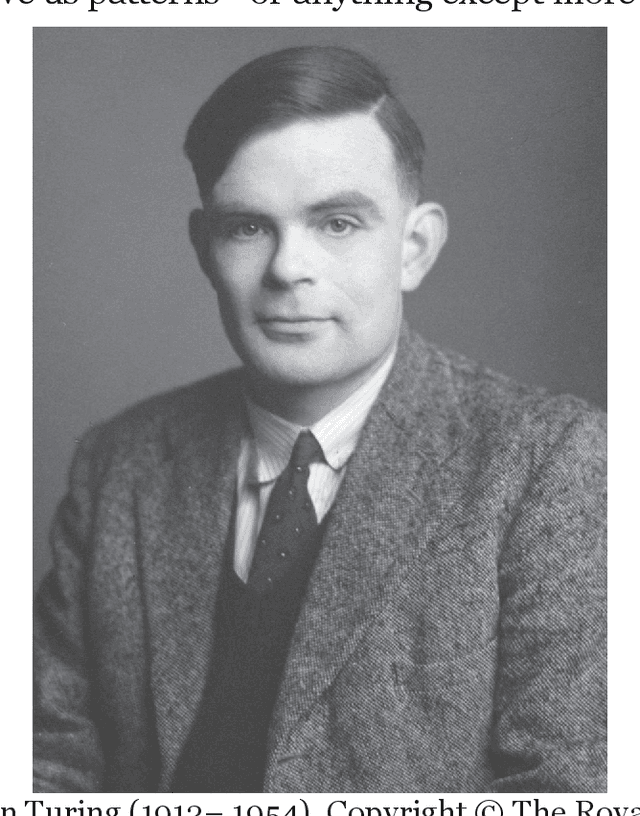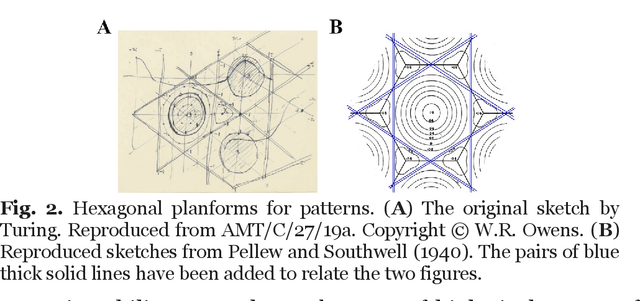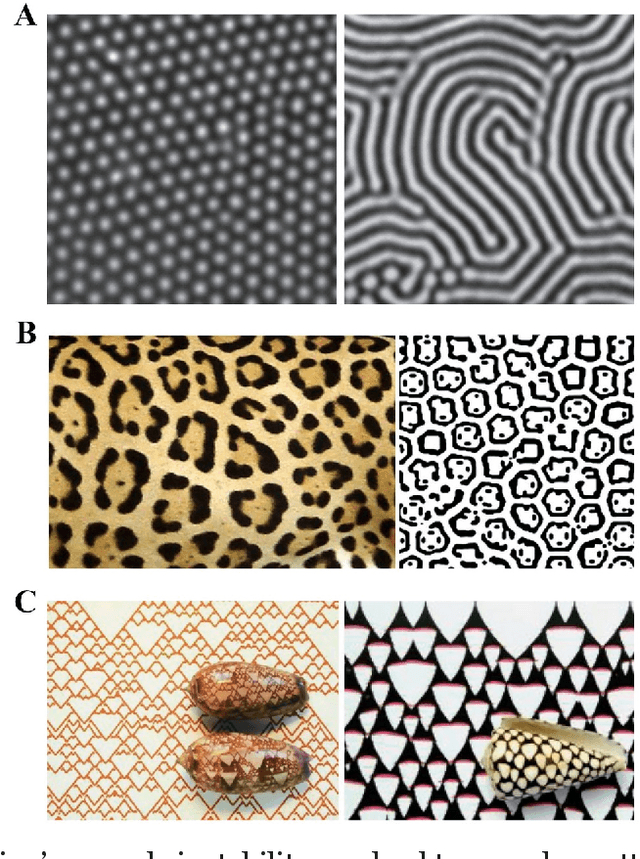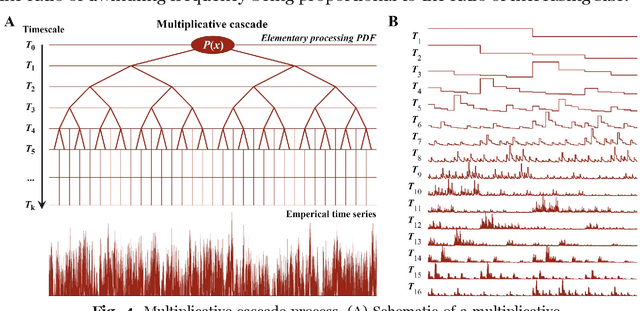Turing's cascade instability supports the coordination of the mind, brain, and behavior
Paper and Code
Apr 17, 2022



Turing inspired a computer metaphor of the mind and brain that has been handy and has spawned decades of empirical investigation, but he did much more and offered behavioral and cognitive sciences another metaphor--that of the cascade. The time has come to confront Turing's cascading instability, which suggests a geometrical framework driven by power laws and can be studied using multifractal formalism and multiscale probability density function analysis. Here, we review a rapidly growing body of scientific investigations revealing signatures of cascade instability and their consequences for a perceiving, acting, and thinking organism. We review work related to executive functioning (planning to act), postural control (bodily poise for turning plans into action), and effortful perception (action to gather information in a single modality and action to blend multimodal information). We also review findings on neuronal avalanches in the brain, specifically about neural participation in body-wide cascades. Turing's cascade instability blends the mind, brain, and behavior across space and time scales and provides an alternative to the dominant computer metaphor.
 Add to Chrome
Add to Chrome Add to Firefox
Add to Firefox Add to Edge
Add to Edge